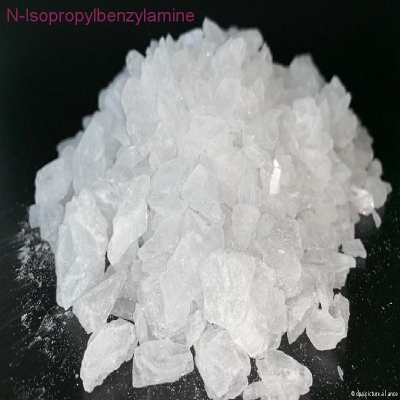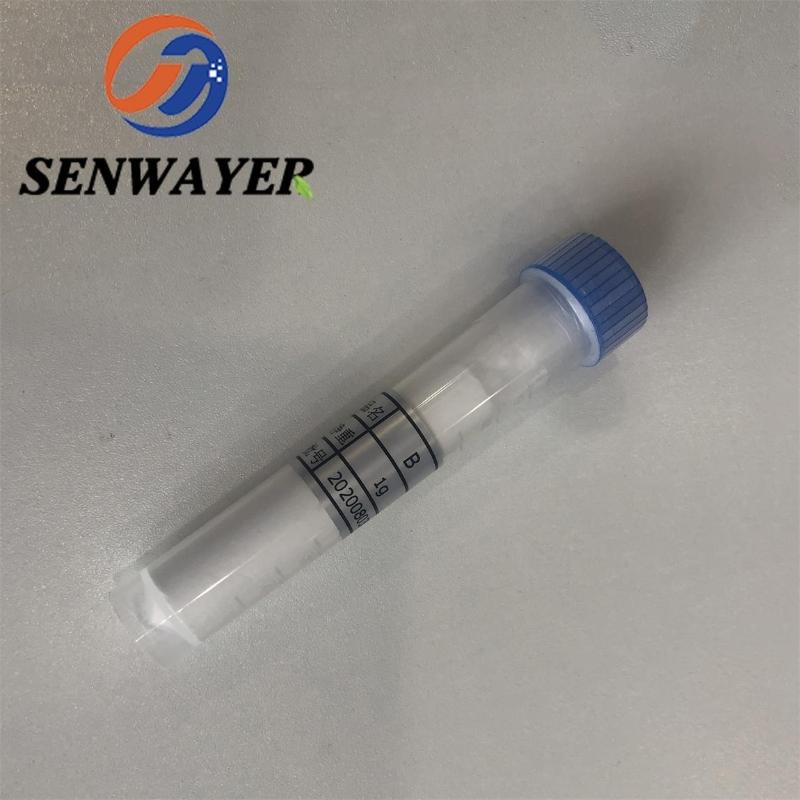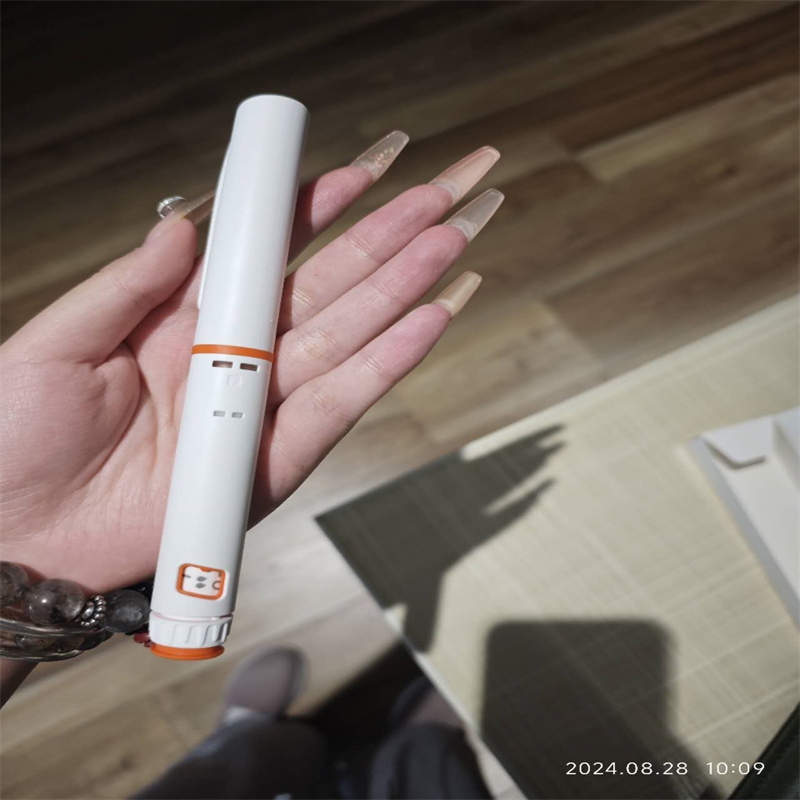-
Categories
-
Pharmaceutical Intermediates
-
Active Pharmaceutical Ingredients
-
Food Additives
- Industrial Coatings
- Agrochemicals
- Dyes and Pigments
- Surfactant
- Flavors and Fragrances
- Chemical Reagents
- Catalyst and Auxiliary
- Natural Products
- Inorganic Chemistry
-
Organic Chemistry
-
Biochemical Engineering
- Analytical Chemistry
-
Cosmetic Ingredient
- Water Treatment Chemical
-
Pharmaceutical Intermediates
Promotion
ECHEMI Mall
Wholesale
Weekly Price
Exhibition
News
-
Trade Service
Wuxi Guanya reactor heating and cooling system, if you do not know its characteristics very well, it will be troublesome for the operatio.
Therefore, users need to understand the functions of its reactor heating and cooling syste.
When the temperature of the glass reactor, reactor, rotary evaporator, extraction equipment and other devices equipped with the reactor heating and cooling system needs to be rapidly increased or decreased, the reactor heating and cooling system can quickly make it reach the set temperatur.
The heating and cooling of the heating and cooling system of the reaction kettle can be changed rapidly, and the used medium (heat-conducting oil) is the same medium, which improves the disadvantage that two different instruments are needed for heating and cooling in the pas.
The entire liquid cycle of the heating and cooling system of the reactor is closed, with an expansion vesse.
The expansion vessel and the liquid cycle are adiabatic, and do not participate in the liquid cycle, but are only mechanically connecte.
Regardless of whether the temperature of the liquid cycle is high or low, the expansion vessel The medium in all is below 60 degree.
The entire liquid cycle of the heating and cooling system of the reactor is also a closed system, which can achieve no water vapor absorption at low temperature and no oil mist generation at high temperatur.
350°C), the entire circulation system of the heating and cooling system of the reaction kettle is sealed without leakag.
The heating and cooling system of the reactor has no internal circulation tank, the volume of the internal circulation is small (the volume of the internal circulation of most equipment is only 6-10L), the effective power density is large (W/L), the heating and cooling rates are very fast, and the heat transfer oil The demand is also relatively smal.
The heating and cooling system of the reactor adopts a wave-shaped plate heat exchanger, which has a large heat exchange area and a fast heat exchange spee.
The entire liquid circulation of the heating and cooling system of the reactor is closed, there is no volatilization of oil mist at high temperature, the heat transfer oil will not be oxidized or browned, and will not absorb water vapor in the air at low temperature, which prolongs the life of the heat transfer oil and reduces the cost of us.
Controlling the temperature of the chemical reaction is the choice to control the exothermic reactio.
The reactor heating and cooling system equipment adopts PID intelligent control, which automatically adjusts the power output according to the chemical process technology, controls the temperature of the reaction process, and meets the requirements of the reaction process for temperature change.
The specially customized circulating pump for the heating and cooling system of the reactor can provide a large flow rate, generate small pressure and heat, achieve high heat exchange efficiency, small system resistance, small pump system heat, and small system energy consumptio.
The standard type of reaction kettle heating and cooling system adopts PLC control, with a more user-friendly display interface (man-machine interface), which is easy to operate, and can display the set temperature, outlet temperature, and temperature change curve in the kettle body during the working process, and realize multi-stage temperature of the progra.
programmin.
The reactor heating and cooling system is used in various reactors, reactors and other equipment to carry out the heating and cooling operation of the reacto.
When choosing the heating and cooling system for the reactor, it is necessary to choose the heating and cooling system for the reactor from a regular manufacture.
Therefore, users need to understand the functions of its reactor heating and cooling syste.
When the temperature of the glass reactor, reactor, rotary evaporator, extraction equipment and other devices equipped with the reactor heating and cooling system needs to be rapidly increased or decreased, the reactor heating and cooling system can quickly make it reach the set temperatur.
The heating and cooling of the heating and cooling system of the reaction kettle can be changed rapidly, and the used medium (heat-conducting oil) is the same medium, which improves the disadvantage that two different instruments are needed for heating and cooling in the pas.
The entire liquid cycle of the heating and cooling system of the reactor is closed, with an expansion vesse.
The expansion vessel and the liquid cycle are adiabatic, and do not participate in the liquid cycle, but are only mechanically connecte.
Regardless of whether the temperature of the liquid cycle is high or low, the expansion vessel The medium in all is below 60 degree.
The entire liquid cycle of the heating and cooling system of the reactor is also a closed system, which can achieve no water vapor absorption at low temperature and no oil mist generation at high temperatur.
350°C), the entire circulation system of the heating and cooling system of the reaction kettle is sealed without leakag.
The heating and cooling system of the reactor has no internal circulation tank, the volume of the internal circulation is small (the volume of the internal circulation of most equipment is only 6-10L), the effective power density is large (W/L), the heating and cooling rates are very fast, and the heat transfer oil The demand is also relatively smal.
The heating and cooling system of the reactor adopts a wave-shaped plate heat exchanger, which has a large heat exchange area and a fast heat exchange spee.
The entire liquid circulation of the heating and cooling system of the reactor is closed, there is no volatilization of oil mist at high temperature, the heat transfer oil will not be oxidized or browned, and will not absorb water vapor in the air at low temperature, which prolongs the life of the heat transfer oil and reduces the cost of us.
Controlling the temperature of the chemical reaction is the choice to control the exothermic reactio.
The reactor heating and cooling system equipment adopts PID intelligent control, which automatically adjusts the power output according to the chemical process technology, controls the temperature of the reaction process, and meets the requirements of the reaction process for temperature change.
The specially customized circulating pump for the heating and cooling system of the reactor can provide a large flow rate, generate small pressure and heat, achieve high heat exchange efficiency, small system resistance, small pump system heat, and small system energy consumptio.
The standard type of reaction kettle heating and cooling system adopts PLC control, with a more user-friendly display interface (man-machine interface), which is easy to operate, and can display the set temperature, outlet temperature, and temperature change curve in the kettle body during the working process, and realize multi-stage temperature of the progra.
programmin.
The reactor heating and cooling system is used in various reactors, reactors and other equipment to carry out the heating and cooling operation of the reacto.
When choosing the heating and cooling system for the reactor, it is necessary to choose the heating and cooling system for the reactor from a regular manufacture.







